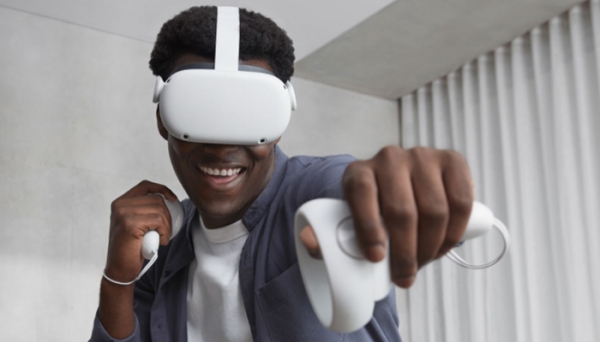
Samsung Display had received requests from its customers to develop a MicroOLED panel, something which it had been avoiding so far due to expected low profitability, TheElec has learned.
These customers include Samsung Electronics, its parent company, and another of its main customer Apple as well as Meta.
In a MicroOLED panel, the organic materials are deposited on a silicon substrate instead of a glass one also known as OLED on silicon.
These are being touted to be used in augmented and virtual reality devices.
Other similar technologies include liquid crystal on silicon and LED on silicon.
Up to now, Samsung Display had a few research staff working on MicroOLED and didn’t pay much attention to it, sources said.
This is because AR and VR headset market is currently very small while the display panel used are much smaller than those in smartphones.
MicroOLED technology is also not a must for headsets and there are other competing technologies.
But as Apple is expected to launch a mixed reality headset with MicroOLED next year and Meta is also planning to launch their own, there is pressure on Samsung Display to appease its customers.
Chief rival LG Display also has plans to supply Apple with MicroOLED, another factor that will pressure Samsung Display to develop related technologies to not fall behind.
LG Display is planning to place orders for equipment needed to manufacture MicroOLED for Cupertino.
It will first supply a conventional OLED panel for Apple’s first MR device but attempt to supply MicroOLED for the follow-up. Sony is the first supplier of MicroOLED for the iPhone maker’s first MR device.
Meanwhile, Samsung Electronics had been working with Microsoft since last year on an AR Hololens project. Samsung Display and Samsung SDI staff were also part of the initial task force to jump-start the project last year.

